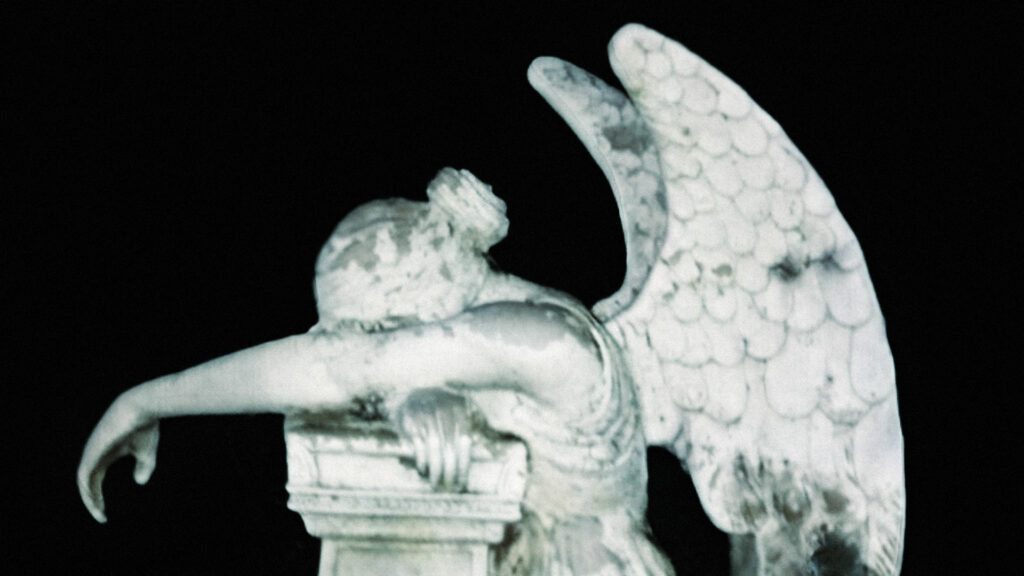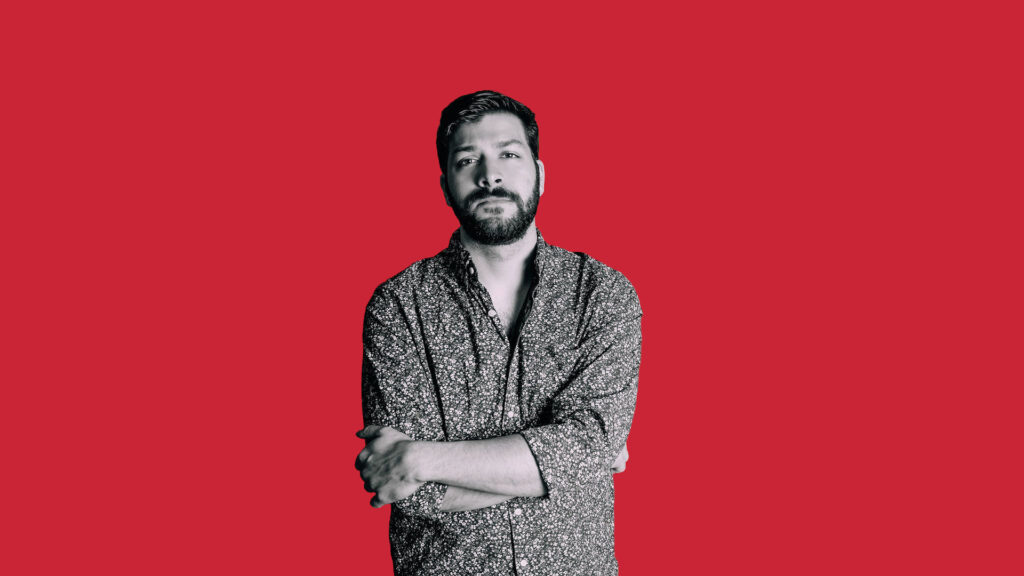With a day just the other week dedicated to raising awareness for mental health, as well as recent Hollywood blockbusters focusing on artists in the music industry with such issues demonstrated in movies such as “Amy” and “Love and Mercy”, society has begun to recognise the devastating effect mental illness brings on an individual. With 1 in 4 members of the public being affected by such a traumatising disease, we can all recognise the prevalence of the issue, and the support it needs. I look at some of the most fantastic artists of all time and how they have been affected by mental illness.
Icelandic scientists believe that creative artists are more prone to mental illness rather than those who are in normal day to day jobs, because the manic energy that spurs creativity. Creative artists are even fifth in the top ten jobs that suffer from mental illness. Although mental illness being directly linked to the creative arts might be deemed an outrageous claim, the lifestyle of musicians can be one of a manic frenzy and with success, they can quickly become a member of a narcissistic tight knitted community. Performing to thousands of people leaves you feeling euphoric, but after a performance, an artist can feel deflated, turning to drugs and alcohol to replace that aftermath feeling and to stimulate that same feeling of adrenalin. Not only this, but constantly being scrutinized by the public, as well as strangers sharing controversial opinions of you on social media, can make an artist feel hurt and defeated- besides they are only human and have feelings too. Other areas of the music industry such as touring and the competition within billboard charts can create general stress; insomnia, jealousy, exhaustion and unpredictable hours- which can generate and spur on mental illness.
Brian Wilson from “The Beach Boys”, the genius behind catchy tracks such as “Good Vibrations” and “Surfin USA”, felt the constant stress and pressure to please the other group members- his brothers, which took a toll on him. The burden of the music industry teamed with an experimental phase of psychedelic drugs such as LSD, began to play tricks on his mind, auditory hallucinations to be exact. Beginning in 1965, the negative voices he heard on a daily basis affected his career, his private life, as well as obviously his mental and physical wellbeing. Being diagnosed as a mildly manic depressive with schizoaffective disorder means that Brian, even now, still experiences these hallucinations from time to time, even whilst he is being treated by a modern regime of psychiatric care and inhabiting a safe environment.
The Irish singer songwriter Sinead O’ Connor who compiled, “Nothing compares to you”, was struck by her sudden shot to musical fame and social infamy, especially after a childhood that was filled with “barbaric” misfortunes. The change of events and her lack of enthusiasm for them meant her depression mounted until it hit suicidal breaking point. Reaching out to a doctor over the phone, he quickly misdiagnosed her with bipolar disorder, an illness of extreme manic and depressive episodes. For 8 years Sinead followed the doctor’s orders, taking heavy anti-psychotic drugs to relieve her of her suicidal thoughts. Only when she gained excessive weight did she learn that in fact she was suffering from Post-Traumatic Stress disorder. Being weaned off the drug was an incredibly hardship which intensified her depression, even suffering from mania as a side effect. Sinead reflects on her experiences with misdiagnosis and the various sides to mental health focusing on the lack of support the community has for those that suffer, “When you admit that you are anything that may be mistakenly or otherwise perceived as mentally ill, you know you’ll get treated like dirt so you don’t tell anybody and that’s why people die.” It’s an important point — we need to create a culture where people aren’t discouraged from talking about their issues. People need to feel comfortable asking for the help they need.
This similar feeling of being unable to open up to many about their health problems because of the perception of society is also found in another famous artist. Robbie Williams, the pioneer behind “Let me entertain you” and “Angels”, also had major difficulties with depression – which was largely influenced by his unhealthy addiction to drugs and alcohol. Robbie speaks of the stigma of mental illness, how others perceive those that suffer as “freaks” and the lack of empathy for those that are suffering, “there’s a common misconception that depression is about something. Depression just is. You don’t get the flu because somebody said something bad about you.” Realising his problems at the tender age of 19, he states how he thought to himself “this is fucking horrendous”, which then worsened over time when he turned suicidal and lost all motivation to live. The pressure of fame and to entertain was an increasingly heavy burden to carry, one that Robbie thought he must imitate throughout all aspects of his life through being a constant energetic soul, “I feel as though it’s my duty to entertain, whether I’m in an interview or on a TV show being interviewed, definitely on stage.” This overriding urge to please, coupled with constant scrutiny by the media and a cocktail of wild parties, drugs and booze led Robbie to become severely depressed: “that’s where your fucking head goes when you’re taking loads of things you shouldn’t be taking.”
This also occurred to Amy Winehouse, a fabulous singer song writer who performed genres such as jazz and soul and sung songs such as “Rehab” and “Back to Black”. Amy’s constant abuse with drugs such as ketamine; heroin, ecstasy and cocaine, as well as her relationship with alcohol, meant that her well-being began to spiral out of control. Suffering with problems such as self-harm, depression and eating disorders, unlike the other artists I have mentioned in this article, unfortunately Amy could not commit to rehabilitation, relapsing several times- leading to her tragic death. This unfortunate occurrence highlights how alcohol and drugs can severely distort your thinking and health, which is demonstrated as well in a more recent artist, the popular DJ and producer, Benga.
Benga Interview – My Style With Jay London
Only recently has this modern superstar come out about the truth about his retirement- that the difficulties with his mental health were the cause. Benga suffers from bipolar, “which was brought on by drugs” and schizophrenia “the result of excessive touring”. Being a long time drug user, Benga grew accustomed to the use of ecstasy from a teenager even to his late twenties, using the euphoric drug to create a constant high for himself and pairing it with ketamine, a drug that dulls the senses, creating oneself as if wearing “rose tinted” glasses. With this constant routine of drugs to help numb the anxiety and paranoia which Benga began to feel and hoping that “everything is going to go away”; combined with a hectic touring schedule, and Robbie Williams’ similar aim to entertain, Benga couldn’t possibly ever slow down without feeling the implications of doing so. Finally recognising the damaging effect he was doing to himself, with no escape from the perils and aftermath of his abuse, he began to open up and share with others so he can deal with his own issues.
Benga now speaks of the dangerous toll that the music industry can take on one’s life. With its stressful hours, raucous atmosphere and the constant perception to maintain appearances to the media, to each other and to oneself, it is hard to open up about a developing issue or problem. Benga now speaks out to others to take caution in the industry and be supportive to those that may be suffering. “Too many people are blasé. I see it in other people now more than ever. I see the mood swings and the paranoia and I think to myself: ‘You’re on a bad road.’ I can see it in some A-list celebrities, and I think: ‘Who’s around them, who’s going to help them take that step to sort it out?’”
As we have seen with the lives of a number of artists, mental illness can occur at any time to anyone, because of any reason. Although highlighting the interlacing relationship of the creative industries with music artists and the increasing relationship with mental illness spurred on by the use and abuse of alcohol and drugs is coherent, one must acknowledge that mental illness can affect anyone, and with the high statistics, it is. Not only do these concerns need to be addressed and communicated to others to help one another, but we need to create a community that supports one another in a safe and non-judgemental fashion.
Cover Photo: Benga by Joe Miranda
Next story



